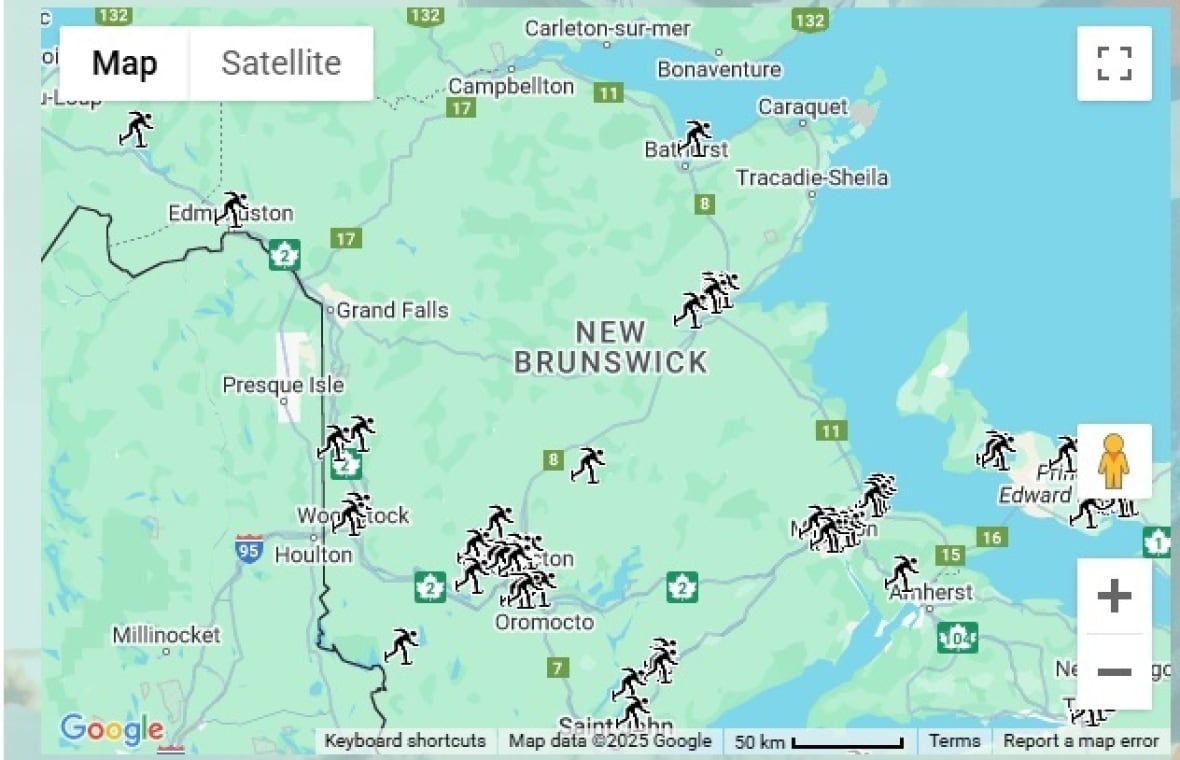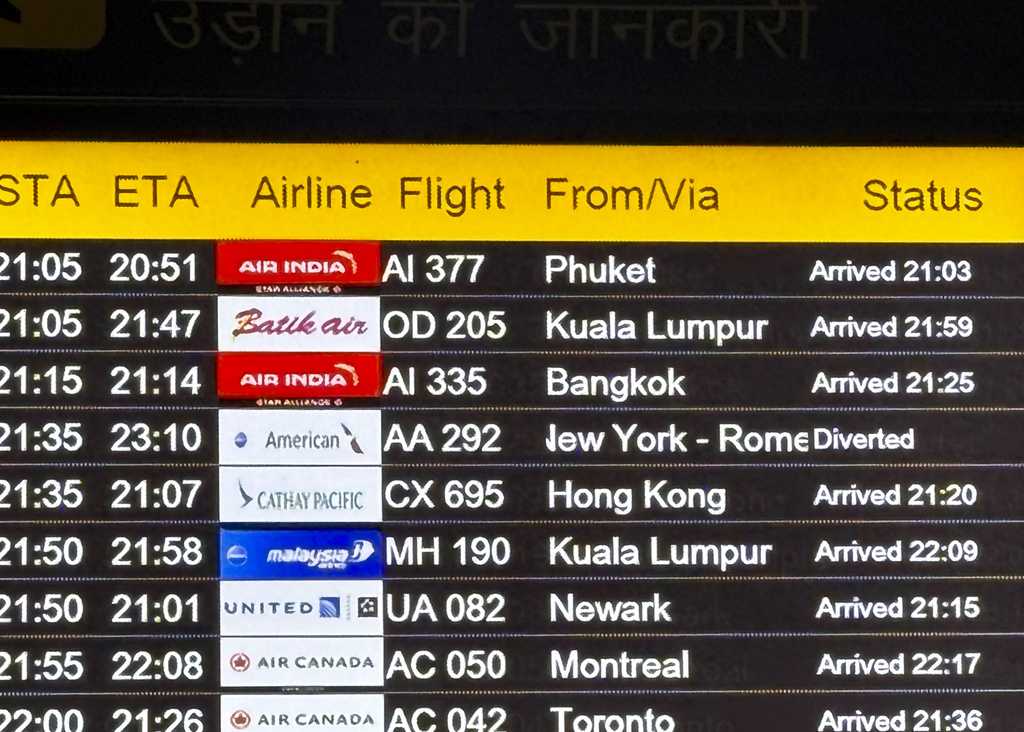Skates and hockey sticks on backyard rinks are the definitive sound of winter for many Canadians.
But Robert McLeman, a professor of geography and environmental studies at Ontario’s Wilfrid Laurier University, warns that climate change is having a serious effect on this traditional pastime.
“In the old days when I was a kid, you just flooded straight onto the snow that was packed into the ground,” McLeman said.
“But the ground doesn’t freeze as solid as it used to. If you get one of these little thaw events in the middle of January or February, all of your rink just drains away and you have to start from scratch.”
And while much of the focus is on the effects on polar bears and mountain glaciers, watching the effect climate change has on more familiar activities, such as family rinks, might spur more action from communities, he said.
McLeman is the director of a website called RinkWatch.org, which began in 2012, where people can pin the location of their backyard rinks on a map and help monitor the impacts of climate change.
On this map, more than 1,400 rinks are listed across the world, which are updated to keep track of ever-changing ice conditions. About 50 of those are in New Brunswick, spreading from Edmundston and Bathurst to Saint John, Sackville and Shediac.

RinkWatch describes itself as “a citizen science research initiative” that asks people to ‘”help monitor winter weather conditions and study the long-term impacts of climate change.”
As users update their rink’s ice conditions on the website throughout the year, scientists can analyze the changing winter conditions across Canada with verifiable evidence.
McLeman says that conditions have caused the creation of outdoor rinks to change drastically. Now, people are “investing in chillers and building… artificial refrigerated rinks in their backyard in barns,” or putting plastic liners down on the ground before flooding it for protection.
Backyard rinks are a warm memory for many families, he says. “It’s used by every generation from grandparents to little ones. Just have a place to go in the dead of winter when the days are short, nights are long and, you know, get the kids out of the basement off those game consoles and out playing with their friends.”
He often hears people talking about how different winter was in the past and wants them to know that it is not just their imagination.
“When you think about it, you know, the last few winters have sort of tricked us into thinking that winter is just this sort of mild, slushy, stormy thing. But the winter we’re having right now, if you go back to the 1970s, ’80s, ’90s, this is a pretty typical winter.”

The backyard rink drives it home and also shows just how climate change impacts daily life. It is causing the potential loss of something that so many hold so close to their hearts. At the current rate of change, winter will be far milder very soon, McLeman warns.
“We’re going to have snow that melts really quickly, freezing rain, slush and so on. So we won’t be able to play outside in winter anymore, at least not as much as we used to, and that’s a shame both for us and for our kids.”
#Backyard #hockey #rinks #fixture #Canadian #winters #climate #change











Leave a Reply